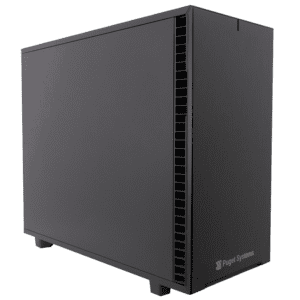Despite Intel directing the Xeon processor line toward specific types of computers – primarily servers and workstations – there has been some confusion over when they are the appropriate choice versus a more mainstream processor. I’ve had gamers ask about Xeons because they thought they were more powerful, and likewise I have had businesses ask about running servers on Core i7 processors. So when does a Xeon make sense, and what do they really bring to the table?
Core i3/i5/i7 Processors: Intel’s New CPU Line
When Intel first debuted the Core i7 processor line, code-named Nehalem, in late 2008 it made perfect sense. This line of quad-cores brought several new technologies: Turbo Mode, integrated memory controllers, triple-channel RAM, and Hyperthreading (making a comeback from the Pentium 4 era). There were three processors at launch, a 920, 940 and 965 – each slightly faster than the one before it, with the ‘5’ at the end of the last denoting that it was an Extreme Edition chip with some unlocked settings to help with overclocking. Over time the 940 was replaced with a 950, and then 960; the 965 also got an upgrade in the form of a 975. The naming scheme now isn’t so simple — let’s take a look.
